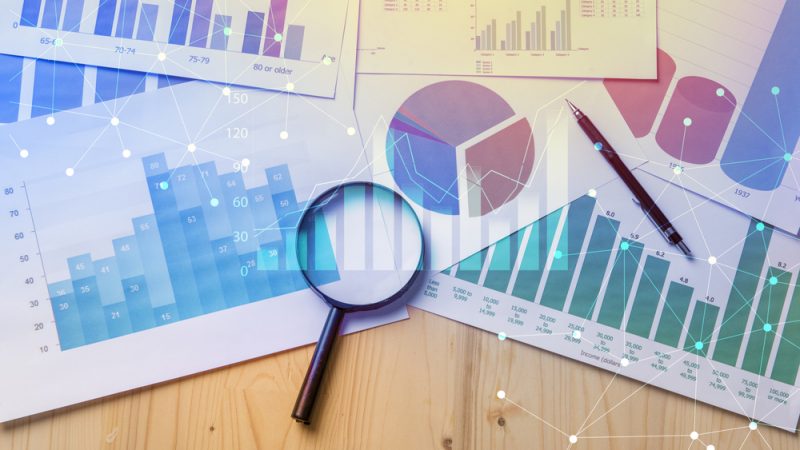Researching your market thoroughly is time well spent, and databases can open up a world of information.
A couple of weeks ago, GrowBiz provided you with a rundown of some of the free government databases and resource sites that can help you get started on the road to becoming a successful exporter, from finding compatible markets to financing your export to discovering international opportunities. These tools will help you mine trade data and other information to make more informed decisions in your growth strategy. Missed the post? Find it here.
However, those sites are just a starting point for your research. Today we will look at other market research tools out there, some of which are only available by subscription, that can help you whether you are exporting or staying in the U.S. market. While costs of subscriptions can be cost prohibitive for a small business, Florida SBDC at FIU, the small business development center within FIU’s College of Business, maintains access to these subscriptions in order to help entrepreneurs with their strategic planning.
For example, IBISWorld is the largest provider of industry research in the U.S., and it isn’t just useful to big companies. The comprehensive collection of economic, demographic and government data reports help identify business operating risks and opportunities across 1,300+ industries. Each industry report includes the most detailed performance data and analysis on the market, procurement analysis, supply chain information, forecasts, operating strengths and weaknesses, analysis of external drivers, major player market strategies, and industry profit and costs benchmarks.
Each report is in the same format, about 36 pages. What can a small business mine from this report? Plenty.
SBDC at FIU consultant Shelly Bernal and a specialist in international trade, said the IBISWorld reports provides critical market information such as industry performance. Bernal reads the trends and outlook section for potential business opportunities. There is also information on products and markets, where you can review the segmentation to understand the size and growth (or not) of each one, she said.
The IBISWorld report gives her insight into the competitive landscape for a company, as she can think about and know more about the key success factors and the SWOT of the business and of their competitors. Bernal can check out the information of similar industries too, and additional resources are suggested for more probing.
Another smart source is ReferenceUSA, a market research database with detailed information on over 14 million U.S. businesses, 262 million U.S. consumers and their lifestyles, and international companies. Map-based geography searches and neighborhood data make this a useful tool in researching target markets and the competition.
ReferenceUSA and databases like it can help you come up with your target customer list. How? Because most of the small businesses Bernal works with are selling to other businesses rather than consumers, a list of companies that ReferenceUSA provides is an excellent starting point for a business to develop a target customer list, she said.
One of the search criteria used is the industry code. The classification of businesses by industry code can frequently be incorrect so the list provided still requires sorting and filtering by the company to create the target customer list, but the starting point is a time-saver, Bernal said. Many times a business doesn’t know the size of the market, i.e. how many businesses are in a geographic area, so in that regard, the list of companies is also useful, Bernal added.
Specific to international trade, Bernal also often looks to MarketLine for global industry analysis; several sites for trade flow data; and Euromonitor for consumption data. While much of the data can be found publicly at no cost, the challenge of using those databases is they are generally more time consuming, even for those who know what they are researching and generally know how to conduct research, Bernal said.
On Euromonitor, the consumption data available is broken down into very informative niches for the US market and for up to 200 other countries, Bernal said Sometimes the overall market size for the product category in a country is large and would lead you to believe that the market would be attractive for your product, but the actual niche in which your product is positioned could be tiny and this market would not be within the top 10 in the world for your particular product within this category. Depending on the positioning of your product and the product category, this insight can save significant time and money that would be required to learn these facts.
Access to all of these databases and others is available to small business clients of SBDC at FIU, which offers free consulting to small businesses in Miami-Dade and Monroe counties.
“For all businesses, time is just as critical to success as revenue,” said Bernal. “The information available in these databases directly impacts time. Being in the right place with your product at the right time maximizes the return on investment.”
READ MORE: Going global? These free tools can help get you started on your export strategy
Please send GrowBiz topic suggestions and feedback to GrowBiz@FIU.EDU.

